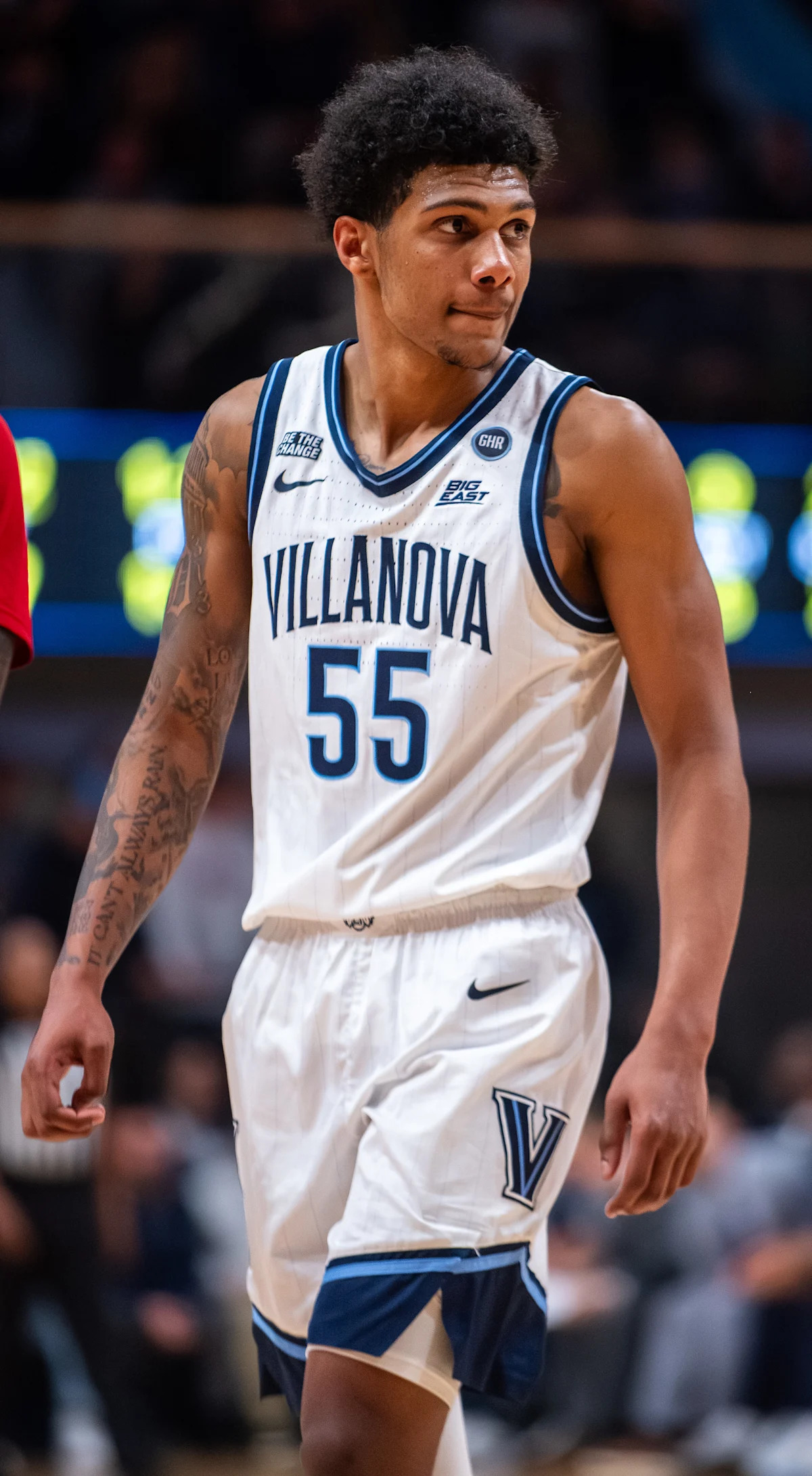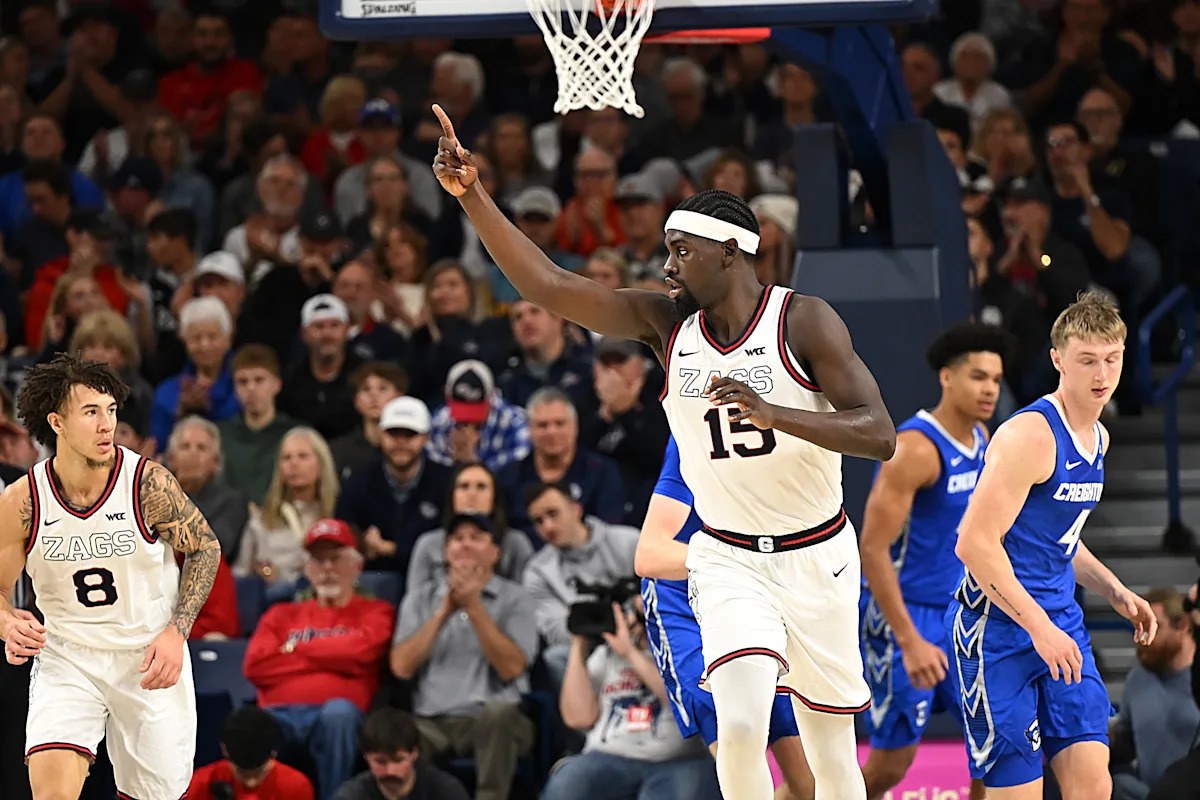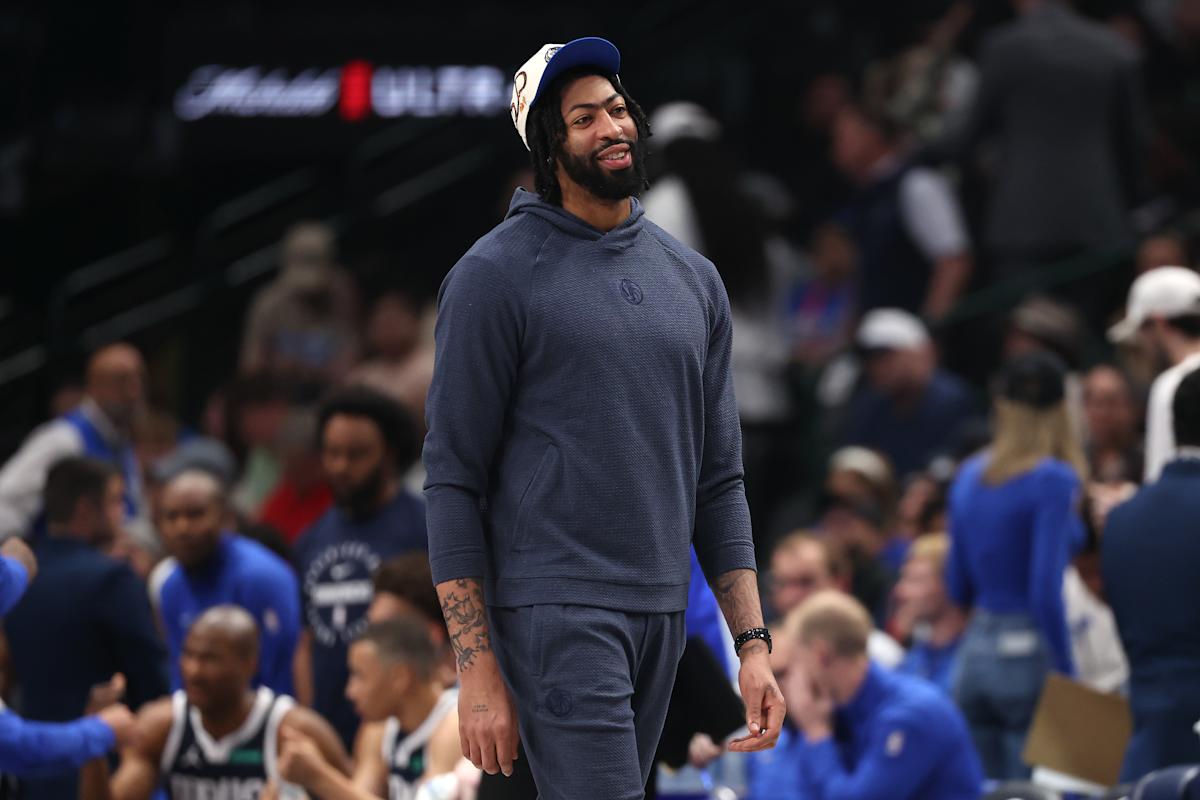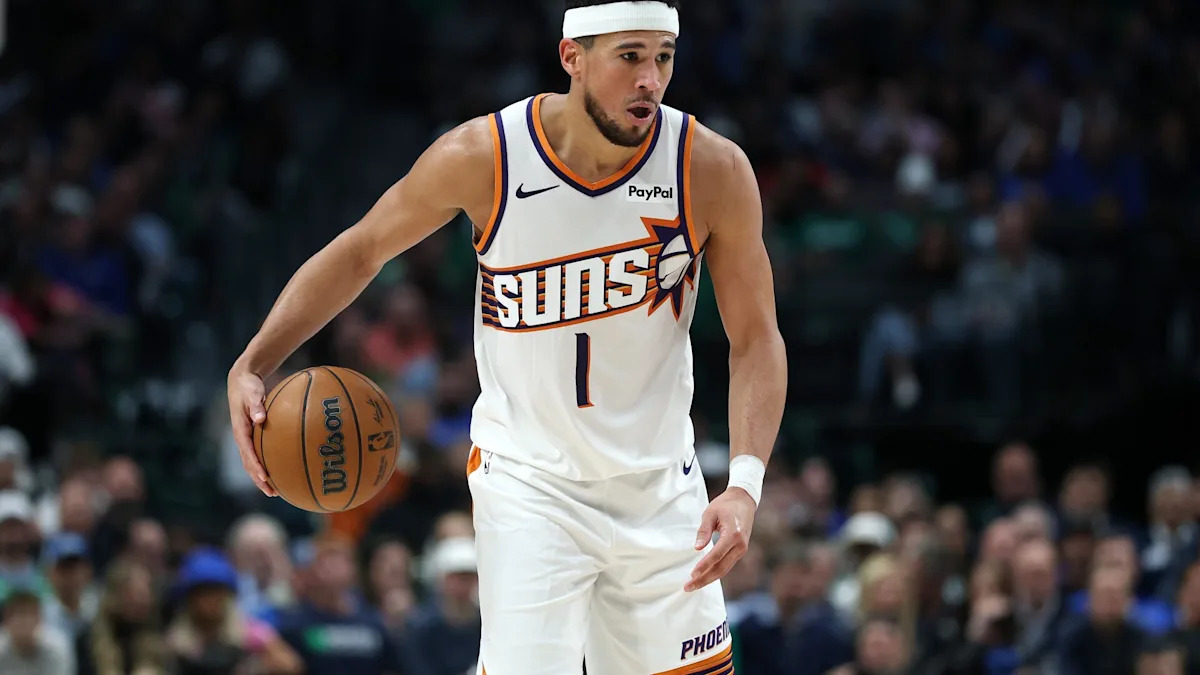Until Saturday Newsletter 🏈 | This is The Athletic’s college football newsletter. Sign up here to receive Until Saturday directly in your inbox.
Today in college football news, I don’t think Far Cry 6 is an excellent game, but it does have a helpful crocodile named Guapo.
Whole New World: Big-time college sports’ post-amateurism era
Two things that happened on Aug. 3, 1852, in New Hampshire:
Intercollegiate sports’ first money-making event. That day, a local railroad company sponsored a rowing match between Harvard and Yale.
Intercollegiate sports’ first amateurism scandal. Also that day, the student-athlete leading Harvard’s boat was … not a student.
Since literally day one in 1852, college sports has been a business contorting itself around amateurism. But it would take about a century for all of college sports’ powers to agree to universities compensating that labor with mere scholarships. And roughly another half-century for the NCAA to agree athletes can make NIL money, as long as it doesn’t come from the piles of revenue they generate for schools.
And now look at us, nearly 173 years after that day on the lake. College sports is finally about to go somewhat legit.
That House v. NCAA thing that’s been in news headlines for seemingly forever? It’s wrapping up. Yesterday, U.S. District Judge Claudia Wilken held a hearing on a proposed settlement, and her final approval is likely coming soon. From our thorough explainer:
“If approved, schools will be permitted to directly pay athletes through about $20.5 million in revenue sharing during the 2025-26 athletic year.
“In addition, nearly $2.8 billion will be set aside as back-pay damages for athletes dating back to 2016 who did not have the opportunity to be compensated for their name, image and likeness.”
If a version of that deal goes through, pending Wilken’s few remaining questions during a follow-up next week, amateurism will no longer be the Division I business model. (Non-scholarship programs in Division III and elsewhere: proceed as normal.) This would be a truly new era. The portal and NIL have felt revolutionary, but they just expanded and codified things that had always been happening. Schools paying players actual money? That would be new.
Power programs had already been operating as if this settlement will happen. SEC schools, for instance, are expected to distribute their $20.5 million budgets by adapting the settlement’s back-pay formula: “75 percent to football players, 15 percent for men’s basketball, 5 percent for women’s basketball and 5 percent for others.” (Player payments in those first three would average in the low six figures or high fives, along with scholarships and NIL.)
“The NCAA and its members are finally acknowledging theirs is a multibillion-dollar commercial enterprise, not an after-school activity,” wrote Stewart Mandel after visiting Wilken’s courtroom again. “The revenue from their massive TV contracts will finally be accessible to the athletes that generate it.”
Also, in case the judge’s name sounds familiar: Yep, Wilken handled 2014’s Ed O’Bannon case that, among other things, forced EA Sports’ college football game to go away until it could do things legally. That worked out fine.

Justin Ford, Matthew Stockman / Getty Images
Quick Snaps
🌀 With the portal reopening next week, who are the teams to watch? Stanford just changed head coaches, while Texas Tech might continue loading up.
❓ After Tulane suspended QB TJ Finley following his arrest on a charge of possessing a stolen vehicle, his lawyers said he’d been the victim of a scam.
💰 Even if someone who’s sold over 25 million albums buys the naming rights to your stadium, NIL remains a challenge.
⏰ New mock draft by Nick Baumgardner. Shedeur Sanders tumbles.
🏀 Former NCAA president Cedric Dempsey died Saturday at 92. He oversaw the organization’s Y2K-era TV money boom.
🏈 Brock Huard is stepping away from calling CFB games for Fox so he can coach tight ends on his son’s high school team.
🌎 In year one of the Pac-2‘s sports calendar, Oregon State and Washington State have had a hard time on various fields and courts.
🏈 From late last week: The NCAA is investigating Michigan State over potential recruiting violations during former head coach Mel Tucker’s tenure.
This Is April: SEC basketball fever
The best season ever had by any men’s college basketball league: quite arguably the SEC’s run that ended last night with Florida beating Houston for the title.
“Nine years after hitting rock bottom with three NCAA bids,” explains Joe Rexrode, “the SEC collected on a concerted effort to prioritize the sport.”
Joe also notes:
“The SEC got 14 of its 16 teams into the NCAA Tournament, a record — blowing away the Big East’s 11 in 2011. That’s 87.5 percent of its teams, also a record.
“Seven teams in the Sweet 16 was a record. Four teams in the Elite Eight tied the record.
“The SEC went 23-13 in the tournament, and the 23 was — you guessed it — a record.”
As someone who remembers the 2010s’ mocking #SECBasketballFever hashtag, which would appear whenever pre-Bruce Pearl Auburn was sadly fumbling around or when a team like 2013 Ole Miss remained unranked even while winning the SEC tournament, this is still taking some getting used to.
Still, one program held the conference up even when it was at its most feverish. Seth Emerson notes these are the championship leaders in men’s basketball over the past 20 seasons:
UConn: four
Florida: three
Kansas, Duke, Villanova, North Carolina: two
No such consternation on the women’s side, where Geno Auriemma won UConn’s record-setting 12th title (no matter how many times per year he tries to retire), thanks in large part to Paige Bueckers, who was already a legend anyway. Pretty straightforward, relatively.
























